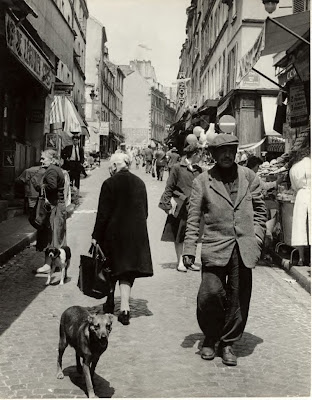

This week it is the "running of the bulls" in Pamplona, Northern Spain, at the Festival of San Fermin. Young men have been participating in this ceremony since the 1600's, but Hemingway's "The Sun Also Rises" published in 1926, made it the event that it is today.
Gertrude Stein recommended to Hemingway that he take a vacation there to help him "clear his head" and concentrate on the business of writing a novel.
These photos are from 1925, one year before he finished his novel.
Top photo: Hemingway on the left, Harold Loeb, Lady Duff Twysden, Hadley, Don Stewart and Pat Guthrie.
(If you click on the bottom photo, you will see Ernest just in front of the bull as he participates in "the amateurs.")


































